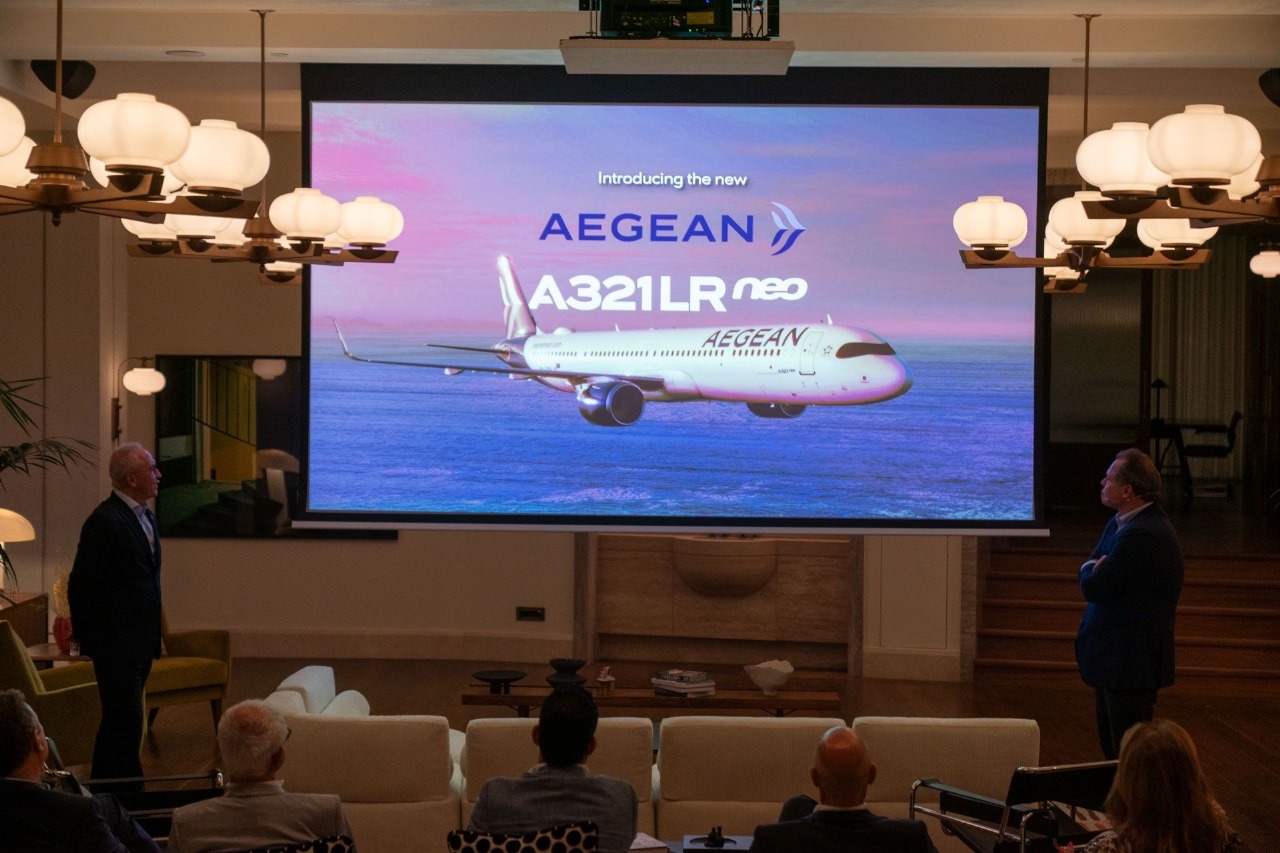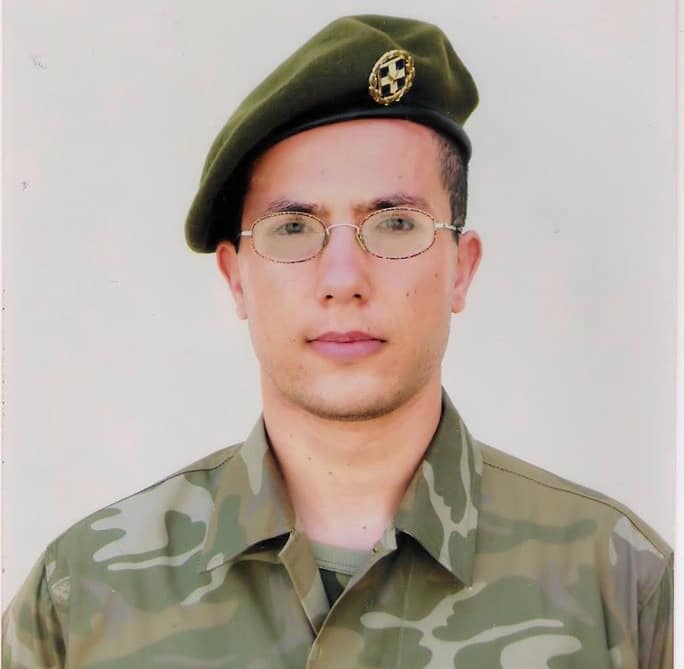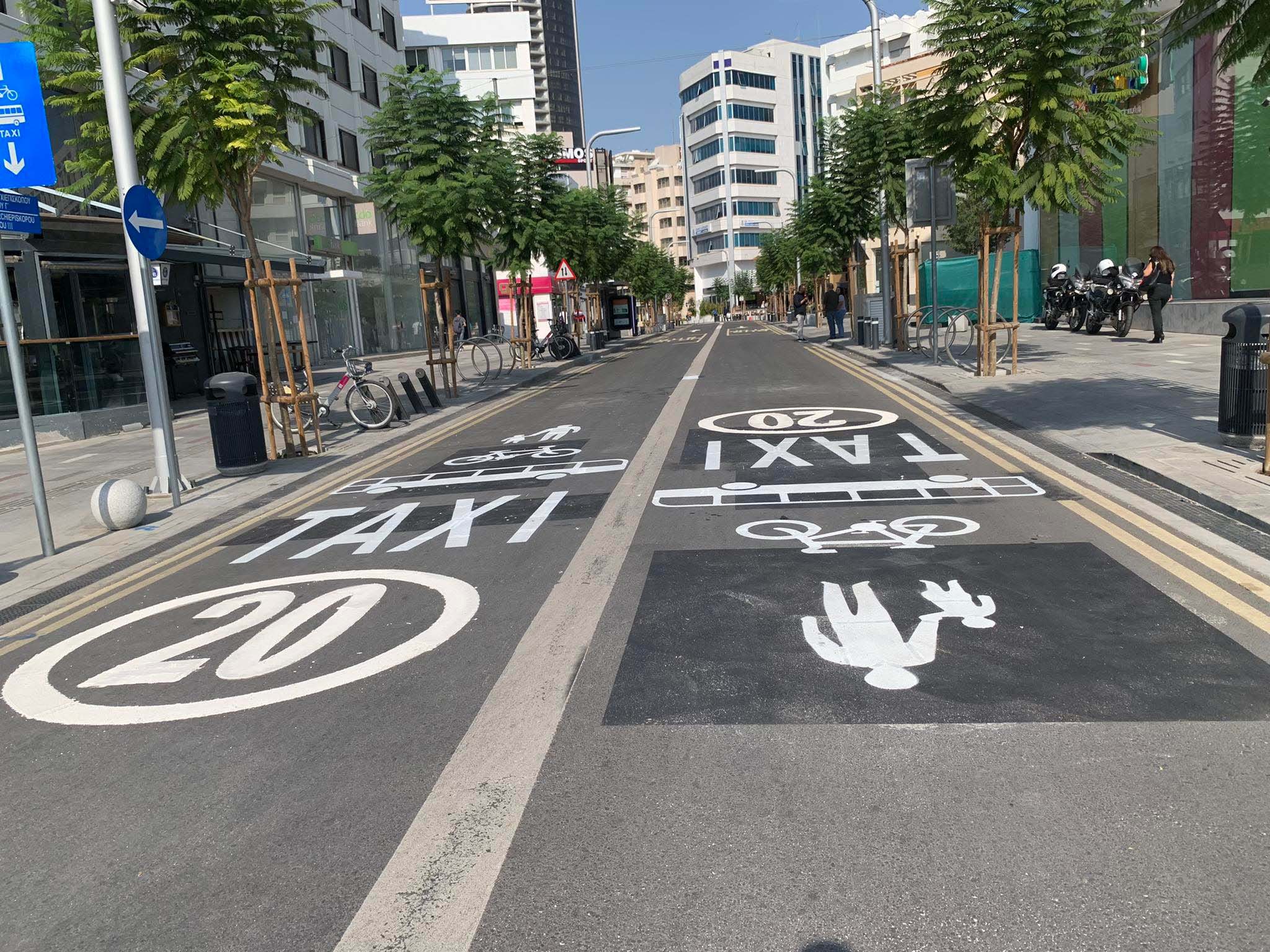Greek airline Aegean is committing €4 billion to expand its fleet with 60 new aircraft by 2031, as it prepares to launch its first direct flights to India in March 2026 using long-range Airbus jets.
The airline confirmed this week that the addition of two Airbus A321neo XLR aircraft, offering a range of up to 10.5 hours, expanding its total Airbus 320/321neo order to 60 aircraft.
The investment, which began with deliveries in 2018 and will run through 2031, will reach $4 billion, according to Aegean airlines chair person Eftychios Vassilakis.
The two A321neo XLRs will be delivered in December 2025 and January 2026, joining an existing order of four A321neo LR aircraft announced last year for delivery in 2027 and 2028.
“These are special aircraft with an upgraded level of comfort and a differentiated travel experience, created to serve destinations outside the EU and with a flight distance of more than four hours,” the company said.
Speaking at the presentation, Vassilakis noted the higher cost of the XLR variant. “The cost of each aircraft is approximately 35 per cent higher than the 321neo,” he said.
He added that the 60 aircraft on order range in price from €65 million to €80 million, with 36 delivered so far.
The first India routes, to New Delhi and Mumbai, marks a strategic move into a market that “presents great prospects due to the constantly growing travellers.”
The company also said expansion to other long-haul destinations such as Bangalore, the Seychelles, the Maldives, Nairobi, Almaty and Lagos will be considered from 2027, with potential seasonal adjustments to operations.

Vassilakis stressed the importance of government support to make long-haul growth viable.
“In addition to our own efforts, assistance is needed from the Ministry of Tourism, from the Ministry of Foreign Affairs in everything related to visas, as well as in the area of airport infrastructure and services,” he said.
Aegean’s CEO Dimitrios Gerogiannis outlined efforts to build a multifaceted group structure, from fleet expansion to the development of aircraft maintenance and training facilities.
“Since the first year of operation of the new facilities, we have performed heavy maintenance work for two of the three largest European groups,” he said.
“Now, in the second year of operation, one-third of the work will be dedicated to third-party clients.”
During the presentation, the company noted that its workforce has doubled over the past decade, rising from 1,878 employees in 2013 to 3,809 today. It is also investing in scholarships for younger generations.
On geopolitical risks, Vassilakis acknowledged the challenges facing aviation but underlined the company’s resilience.
“The challenges exist, but we need to ensure the company remains resilient and ready for the future,” he said.
“The same thing happened with the very difficult period of the coronavirus and we have now emerged stronger.”
While tourism demand remains robust, Vassilakis noted that growth rates are moderating.
“We cannot have growth of seven to ten per cent every year,” he said.
“At some airports in the country, at the peak of the summer season, there are limited possibilities. We expect the season to be extended, new destinations to develop, and better infrastructure to be created at all levels”, Vassilakis concluded.







Click here to change your cookie preferences